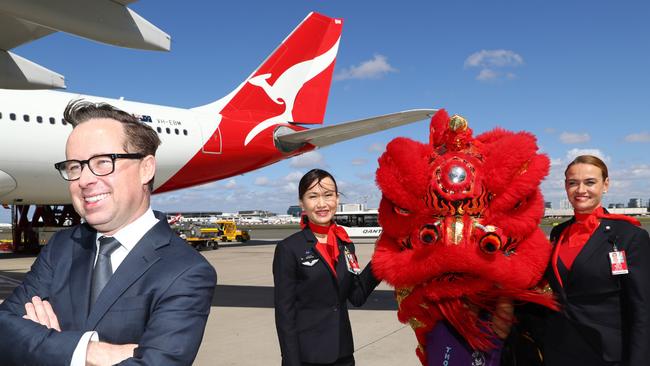
Effectively mothballed for the past three months because of the COVID-19 crisis, chief executive Alan Joyce alluded to that likelihood more than a month ago when he warned operations would need to be leaner in the wake of the devastating pandemic.
On Thursday, he detailed the grim facts of the situation, including the axing of 6000 jobs, or 20 per cent of the 30,000-strong workforce; the continued stand-down of another 15,000 workers; the ongoing grounding of up to 100 aircraft and the suspension of international flights possibly through to July 2021.
At the heart of the changes, is the need to reduce costs by a mind-boggling $15bn over the next three years, followed by $1bn in ongoing cost savings every year from 2023.
By the end of next month, the airline will have about 8000 employees working and 40 per cent of domestic capacity operating – or about 850 return flights a week.
Major domestic airport lounges will have reopened and the operational fleet will consist almost entirely of Boeing 737s for Qantas and A320s for Jetstar.
Fast forward to the end of the year, and a total of 15,000 employees should be back working across the two carriers with domestic capacity likely to be as high as 70 per cent.
All domestic airport lounges should be open by this time and possibly some international lounges, depending on the progress of the “trans-Tasman bubble”.
Mr Joyce was keen to resume flights to New Zealand, given that the country was the second-largest source of visitors to Australia pre-COVID.
“It is a massive market in volume … so this is really good for tourism for both countries,” he said.
“We’re hoping the pent up demand we’re seeing (for domestic travel) could generate some good volumes and potentially before July next year.”
Other international markets might also reopen in a “bubble” type arrangement in the next 12-months, but Mr Joyce said a significant overseas network of flying was unlikely before July 2021.
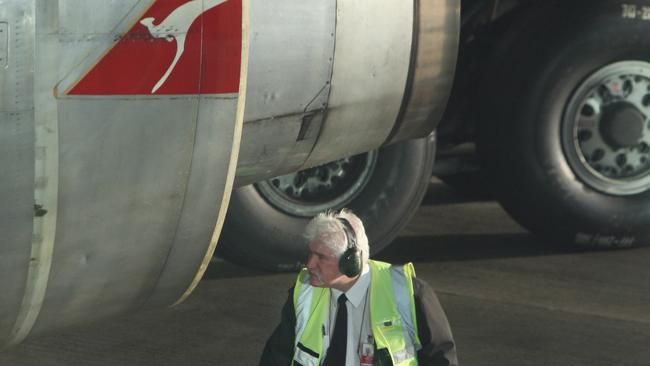
“We can always activate the 787s and the A330s if the market opens up earlier, but for the purpose of this plan we are working on international operations not starting in any real size until July next year,” he said.
Employees would continue to be “stood up” throughout 2021 and by June 2022 Qantas was expecting to have about 21,000 people working.
For the remaining 3000, including A380 pilots and crews, a return to work might not happen until 2023.
By that time, Qantas expected the recovery to be complete and for growth to resume.
The airline would take delivery of its remaining 787-9s, and Jetstar would get its A321neos, and the renewal of the Qantas Domestic fleet would be back on the agenda.
Project Sunrise would also make a come back in 2023 with an aircraft order and a firm start date.
The ultra-long-range flights between Australia’s east coast and cities including New York, London and Paris were to have begun in early 2023, using A350-1000s.
Qantas was on the verge of placing an order with Airbus when the pandemic struck but had secured an agreement with pilots to operate the 20-hour plus flights.


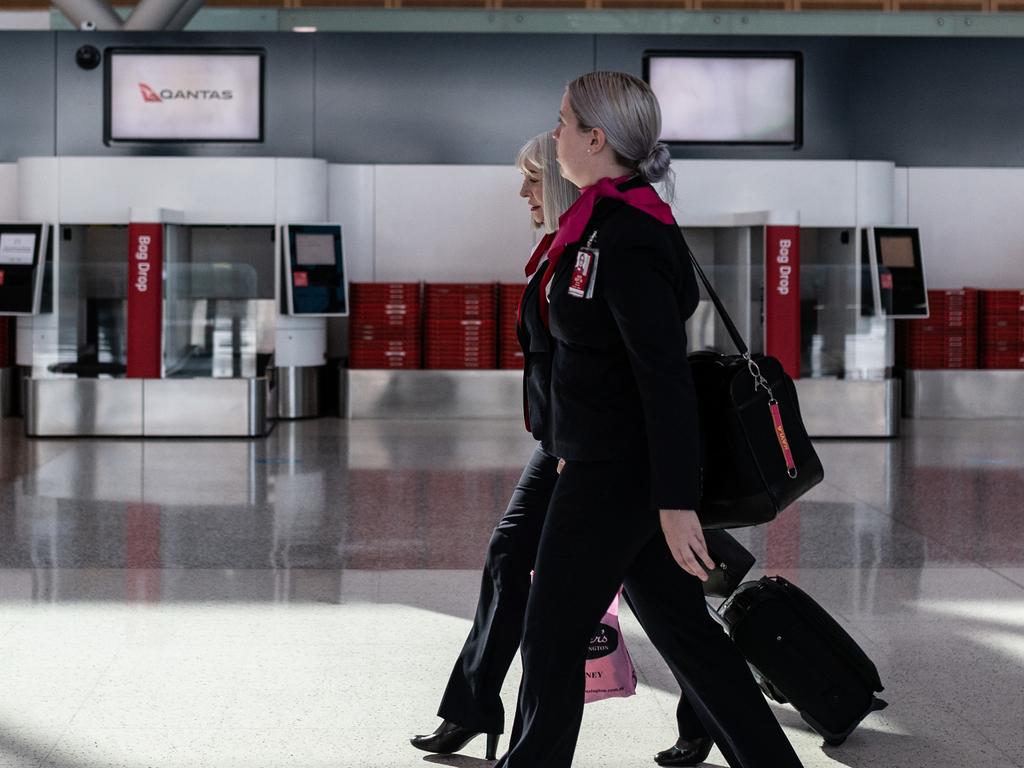
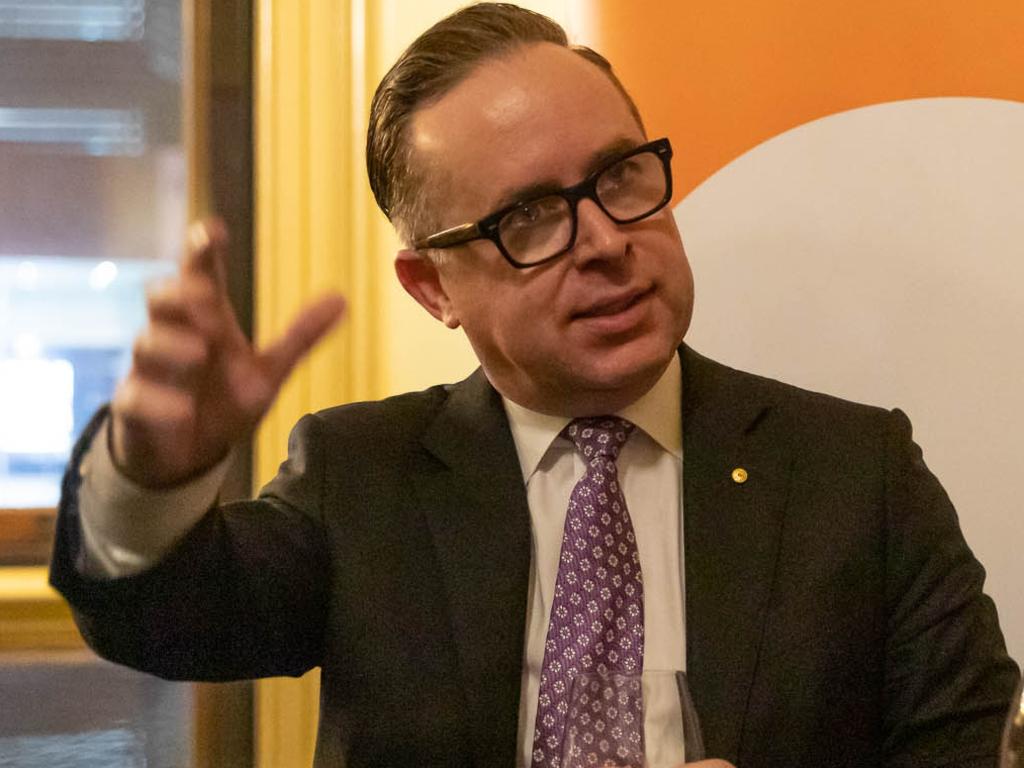
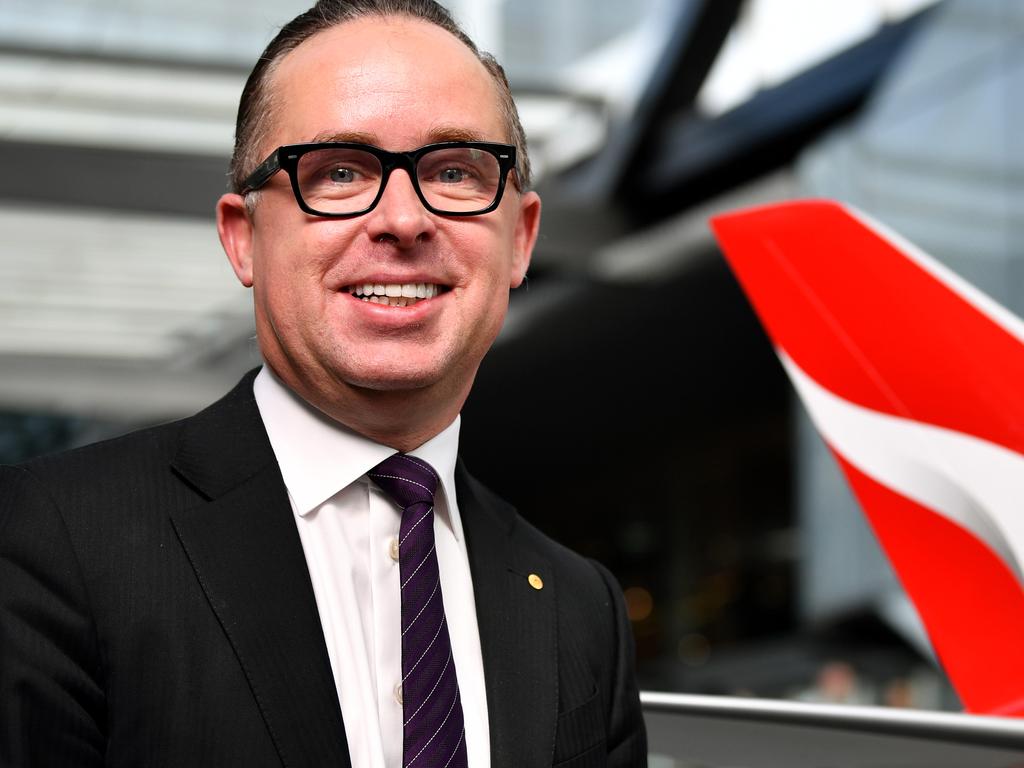
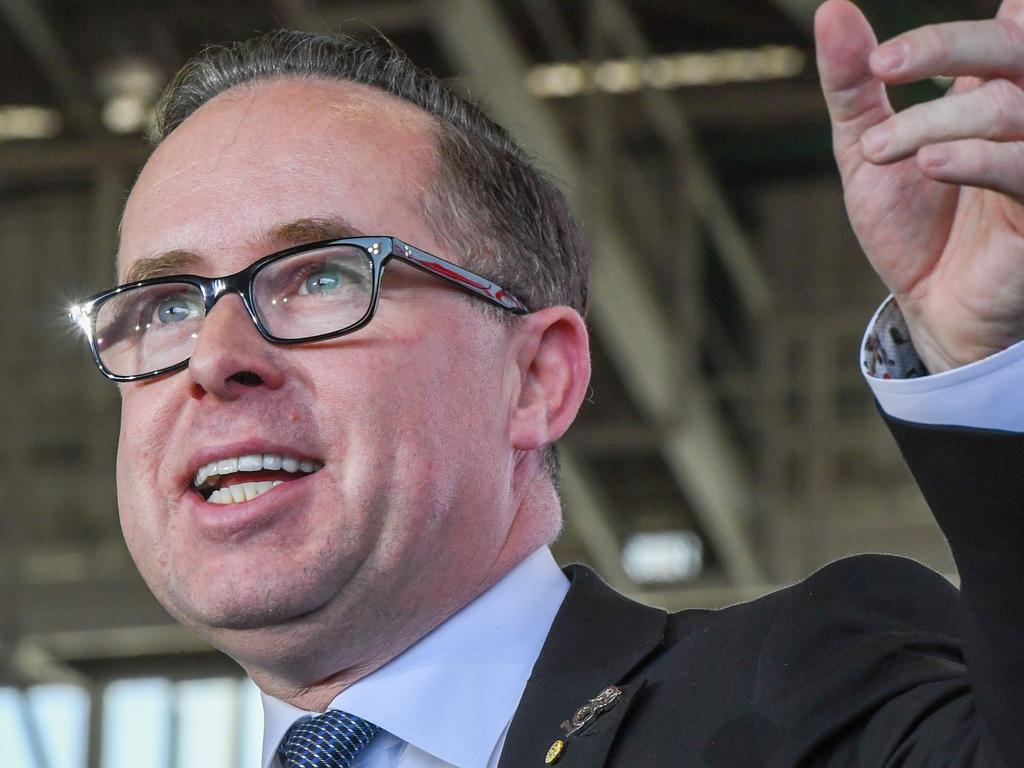


Qantas is set to emerge as a very different looking airline in the months and even years ahead.